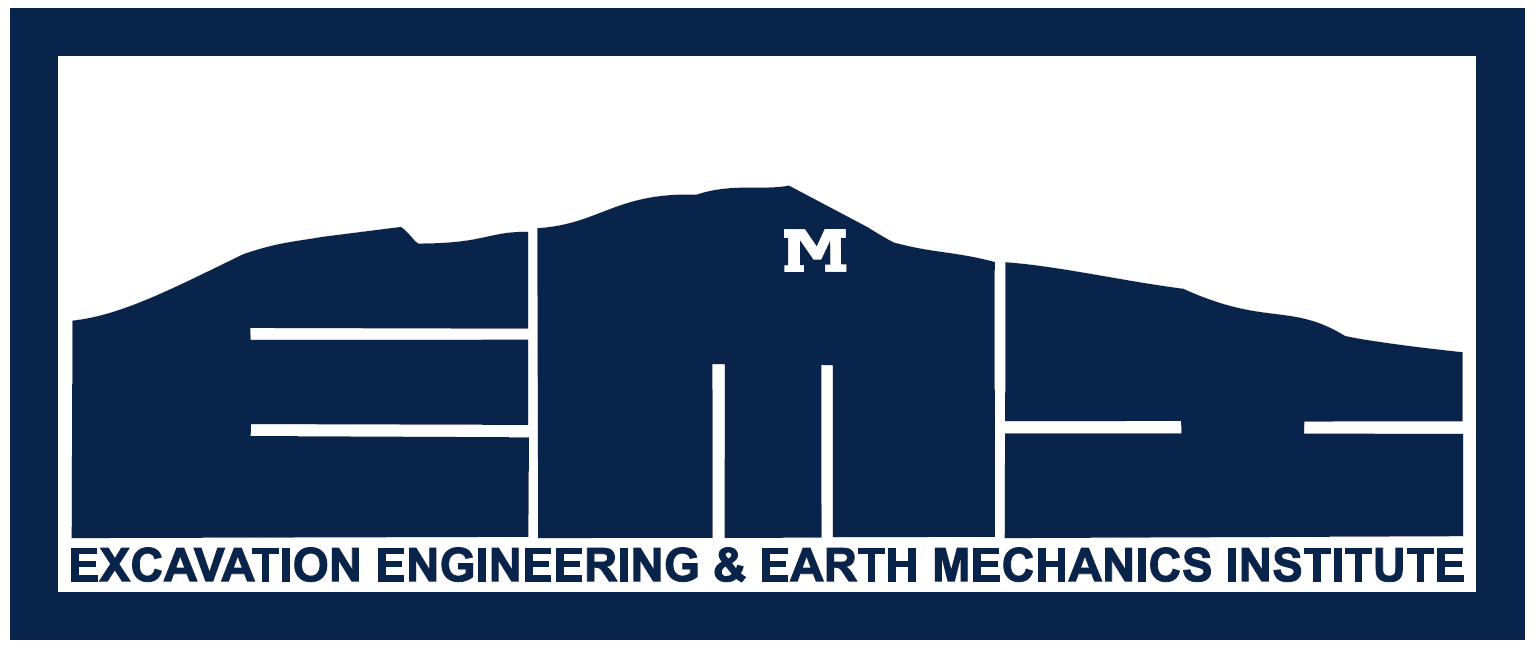With President Trump and Vice President Pence publicly pushing for a U.S. manned landing on the Moon in the next five years, there is a lot discussion of lunar exploration in the popular press. Ultimately, the companies and nations interested in the exploring the moon want to build permanent manned bases there. This will require either the construction of buildings or the excavation of tunnels to provide shelter for lunar colonists.
Jamal Rostami is the Director of the Earth Mechanics Institute at the US Colorado School of Mines. He recently attended the World Tunnel Congress in Naples, Italy. He said, “Space is becoming a passion for a lot of people again. There are discussions about going back to the moon, this time to stay.” In order for humans to live safely on the moon, they must be protected from solar and cosmic radiation, freezing temperatures and meteor strikes.”
"Imagine something the size of my fist as a piece of rock coming at 10-12 kilometers (6-7 miles) per second, it can hit anything and would immediately destroy it. So every plan for having a habitat on the moon involves making a trench, creating a structure and covering it with some sort of regolith, which is the soil on the moon. Our idea is to actually start underground, using a mechanism we already use on the earth, a tunnel boring machine, to make a continuous opening to create habitats or connect the colonies together.”
Analyses of photographs of the surface of the moon show openings that lead to huge lava tubes that could house whole cities. A tunnel boring machine could be used to dig habitable tunnels between the lava tubes. The big problems is how to get a huge tunnel boring machine to the Moon.
When you are sending anything to the Moon, Rostami says that "Weight is an issue. It's pretty expensive to take a kilogram of material from the earth to the moon. Our machines are hundreds of tons of mass, so it's not feasible to take the machines as they are. We have to convert the design, where all the components are optimized, weigh much less, and perform better.” The tunnel boring machines will have to be redesigned to be fully automatic and any necessary repairs will need to minimized. This will be difficult because of the wear and tear on cutting components as they chew through rocks and dirt.”
Another big problem for lunar tunneling machines will be their source of power. A conventional tunnel boring machine with a thirteen feet diameter needs around two thousand kilowatts of power. The possibility of small nuclear reactors to power the lunar tunneling machines has been raised. (NASA is already working on a compact self-contained nuclear reactor for possible use on Mars.)
Space enthusiasts at the United Launch Alliance suggest that a thousand people may be living in space by 2050. They would either be in orbital space stations or lunar habitats. It is estimated that this initial phase of space colonization will cost around three trillion dollars. While it is possible the lunar tunneling machines could be used to explore for and extract precious minerals such as gold from the lunar surface, the first and most precious resource that must be secured is water.
Rostami says, “The first target is water. We know there is trapped water at the lunar poles, where the temperature is as low as -190 degrees Celsius (-310 Fahrenheit). One of the ideas being discussed is of heating the part in permanent shadow, evaporating the water and capturing it. Another idea is to mine it and take it to a facility and let it thaw. The material extracted along with the water can then be used to 3D print buildings in the colonies. The future lunar tunneling machines will undergo rigorous pilot testing on Earth first because once they are deployed, that's that. It'll be very difficult to make any drastic changes”.
